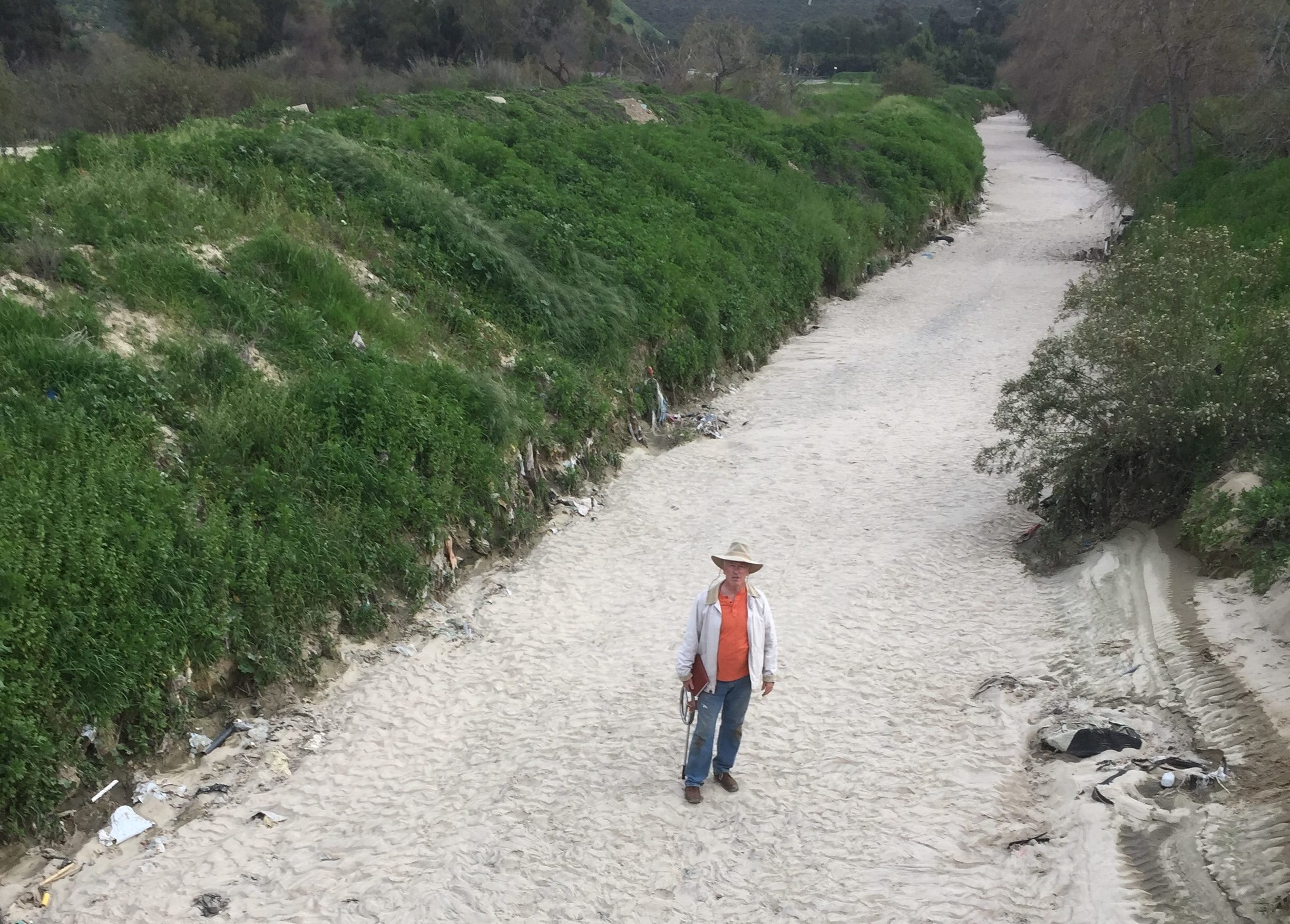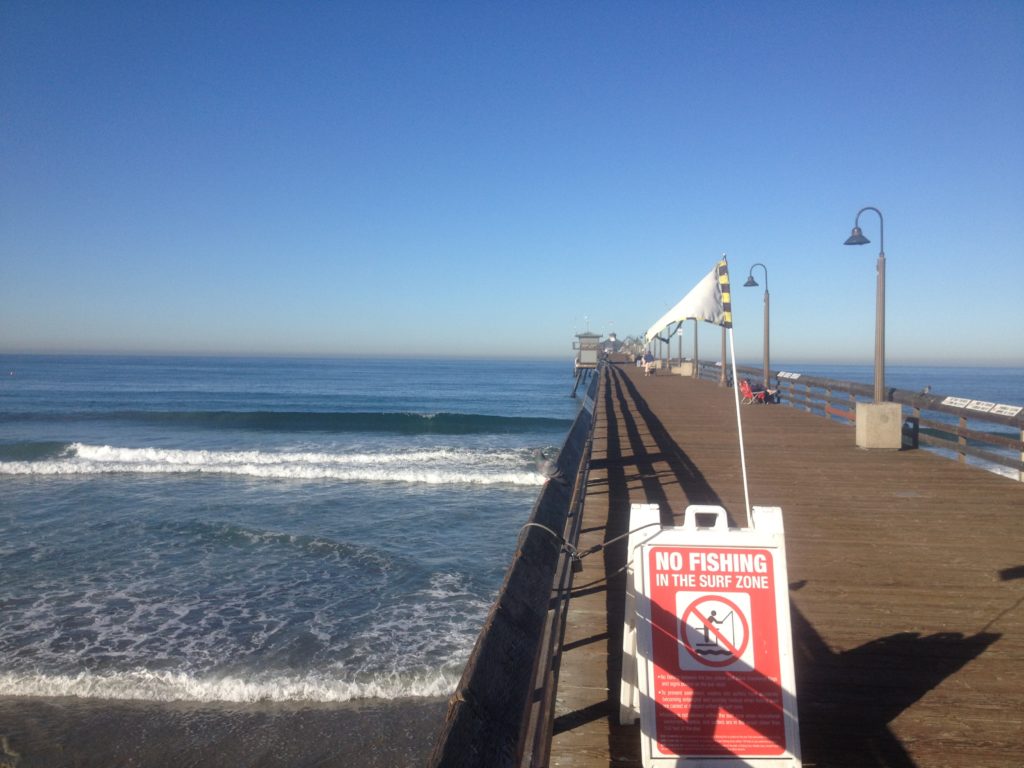Imperial Beach Residents Demand City to Safeguard Coastal Properties!

Eliminación de Cuencas de Captura de Arenay la Restauración de la Valle del Rio Tijuana
May 1, 2019Surfrider Cease and Desist
November 30, 2019
By Leon Benham Citizens for Coastal Conservancy March 31, 2019
At four separate public meetings regarding the Local Coastal Plan/General Plan, the Citizens of Imperial Beach almost unanimously rejected the findings of the “2016 City of Imperial Beach Sea Level Rise Assessment” by Revell Coastal, L.L.C. Some of the public distaste for this document was its lack of scientific details, misstated facts, and blatant omissions of other coastal erosion projects which should be considered by the City of Imperial Beach to protect coastal homeowners’ properties. Most of the public was shocked that this document called out for the dismantling of coastal armoring by 2030 and for the private homeowners to have properties taken through zoning laws by the City government through the LCP/General plan. Some have called this tactic “Eminent Domain”. Many citizens feel these details were purposely hidden from the public by non-governmental organizations and largely unknown to only a few citizens and public servants. Two of the many problems with this report were the omission of the fact that a cobble-stone reef located 1000 yards offshore use to absorb wave energy from large storms which cause most of the coastal erosion. This is the same reef made famous by large wave riding of surfing pioneer Dempsey Holder in the 1950s and 1960s. This reef naturally absorbed the wave energy far offshore and actually helps sand to be deposited on the beach. The second omission was the historical supply of the Imperial Beach shoreline with 660,000 cubic yards of sand and cobblestone that was documented in a report by Scripts Institute of Oceanography Douglas Inman in 1976. This sand and cobbles are supplied to the beach by the Tijuana River and replenish the beaches with sand annually. It also supplies the replacement cobblestone for the reef that protects the beaches from erosion as stated above. It seems fairly straight forward that since the 2016 Revell Sea Level Rise Assessment is so flawed many of the people who live in Imperial Beach feel that this document and the subsequent LCP/GP should be rejected and rewritten. This sentiment is based on the fact that the AECOM “2018 Resilient Imperial Beach LCP/GP Strategic Plan” proposal to the city stated that it relies on the Revell Study as a “strong body of knowledge that provides an excellent basis for developing LCP/GP policies. Key resources included the 2016 City of Imperial Beach Sea Level Rise Assessment (IB SLR)” While this rejection of the LCP/GP appears seems like a setback, it is actually providing many new opportunities. These include genuine dialog with the local people who live in the area, innovative new strategies to protect our coastline, proper habitat management, recreational facilities which will improve public use of our coastline, improve sensitive habitat and establishing a proper ethos for public management of our environmental resources. This additional time taken to rewrite the LCP/GP also provides a process to solicit the USIBWC to modify their preliminary plans for the construction of the dike system which will protect from the 100-year flood event in the Tijuana River Valley. It also provides time to solicit funding from local agencies including the Federal Government, SANDAG and other government agencies. This City plan should be rejected until more information concerning the sand being supplied by the TJ River is investigated and the replacement of off shore armoring is considered as a realistic strategy.
